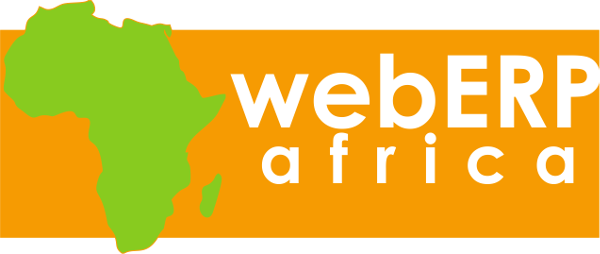Using KwaMoja for not for profit accounting - Part 1
After recent
discussions on the mailing list of http://npoacct.sfconservancy.org/
regarding how to do accounting for non profit organisations (NPOs) I
thought it would be helpful to write some articles on how to go about
it using KwaMoja ERP.
I am going to assume
that the organisation already has a suitable chart of accounts and
that they have loaded it into KwaMoja.
The company
preferences page has a setting to denote whether the organisation is
an NPO:
This
should be set to Yes as above.
The first of these
articles will be regarding the treatment of donations. For the sake
of the accounting, these can take 3 forms,
1 Monetary donations
2 Donations of stock
items used in the running of the organisation (for instance
pharmaceuticals in the case of a hospital)
3 Donations of fixed
assets (for instance a CT scanner for a hospital)
Monetary Donations
Monetary donations are easily dealt with as a bank account receipt, accessible from the general ledger module.This is fully multi currency so that if the organisation accounts in Kenyan shillings, donations in GBP can be received into a USD bank account. As can be seen above each donation can have zero to many tags attached to it. In the above example the donation has been tagged to a Malaria research project, and also to the KwaMoja foundation.
This enables us to produce reports on all transactions for the Malaria research project, but also for tracking donations received from the KwaMoja foundation. The double entry record for the above would be:
Dr Bank Account
Cr Monetary donations received account
Donations of stock items
In order to correctly deal with donated stock items we must receive the goods through the usual process. Firstly we create a zero value purchase order as below:
The items are then received in the same way, with the value still being zero
The final step is to enter an invoice for this supplier against this GRN. If the organisation is setup as an NPO (see top of this article) then a further column is created to contain the “Fair price by unit”. This is needed as the current accounting standards require donated articles to be valued at a “Fair value” - as defined in Statement of Financial Accounting Standards (SFAS) 157.
Each line can be given a tag on which it can later be reported.
Every stock item is associated with a stock category and this assigns GL codes for various aspects of those stock items. If the organisation was setup as an NPO (see top of article) then one of these options is a GL code for donations of those items:
Now when the supplier invoice above is posted the inventory will increase by the fair value of that item. The double entry for this will be the donations account for the category that item is associated with. The full journal will be:
Dr Stock of pharmaceuticals
Cr Donations of pharmaceuticals
Once the original setup is in place any donation is done as easily as any other acquisition of materials.
Donations of fixed assets
The final method of donations is for receipt of donated fixed assets. Like stock items, all Fixed assets are members of a fixed asset category, and this category is used to assign various GL codes to a fixed asset. If the organisation is flagged as a NPO then one option is for a GL code for donated assets of this type.
Now as we proceed to enter the fixed asset in the normal way via a suppliers invoice we will be prompted for a “Fair value” of the asset - as defined in Statement of Financial Accounting Standards (SFAS) 157.
As can be seen any number of tags can be selected against this donation. When the invoice is posted an asset gets created with an initial value of the “Fair Value” and the credit instead of being the bank/cash accounts will be the account chosen as the “Donations” account in the Fixed asset categories screen.
This deals with all the methods the organisation could receive a donation. In the next article I will deal with the process by which the organisation deals with expenses, and associates them with different projects, and categories.













